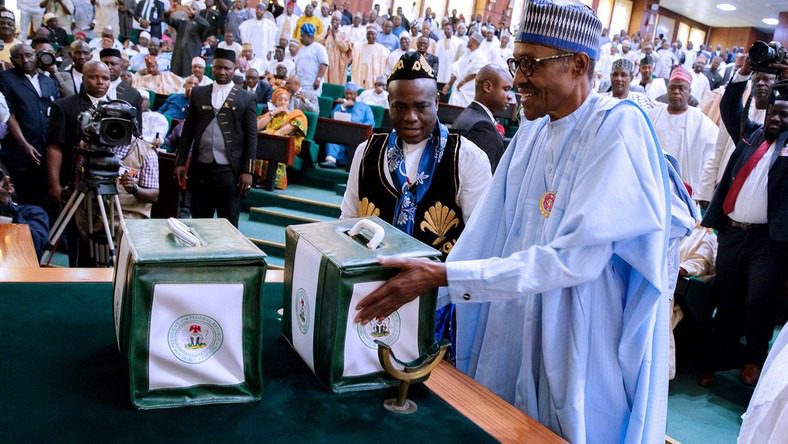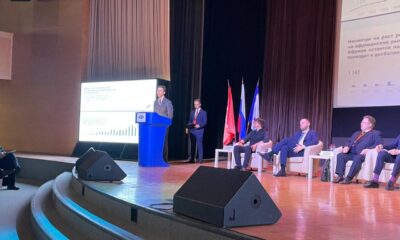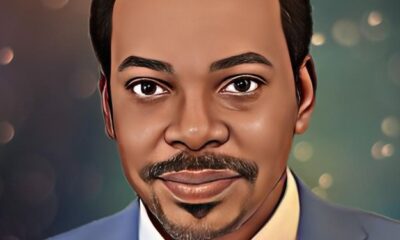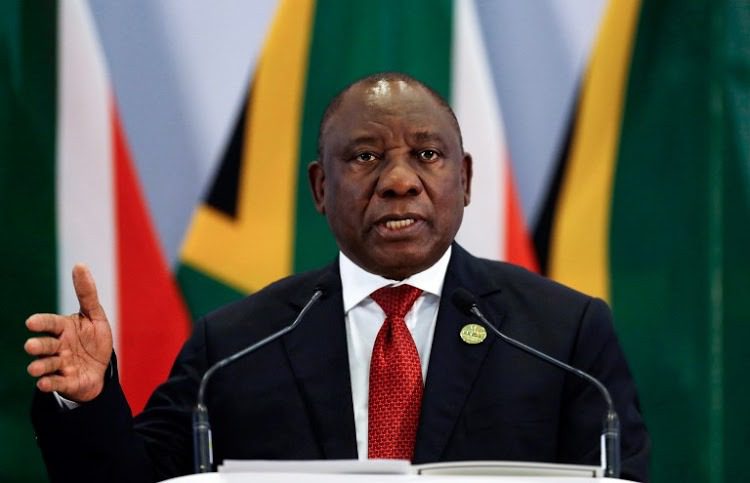Economic Issues
Nigeria’s Debt Profile -By Ogungbile Emmanuel Oludotun

Apparently, money is essential to any Industrious Government of any country. It’s so consequential for the different requisite functions of survival, such as the social wellness of its populace, expenditures for growth, and most imperatively for the public sector emoluments. Hence, the government relies on taxes paid by people or perhaps the internally and externally generated revenue to help keep tabs with all the national responsibilities. However, when the Government ends thus fails to meet with all the responsibilities and therefore continue to run on a deficit when the taxes are lesser than the money they spend, the Government will have no other option but to seek for other alternative means to fix the immediate problems, like increasing the taxes, which perhaps scare off investors, decrease expenditures, which perhaps increase unemployment and lower standard of living, or then looking inward or outward to borrow money from the international surfaces that are willing to aid the drowned country.
Nigeria as a country is however not excluded from this stickey wicket of not being able to meet up with its deficit. Infact, we have always been in the mess of ‘borrowing and reborrowing’ for years after independence. So bad that In this last decade our external debts stick as the biggest in all of sub-Saharan Africa in overfed outright conditions, which has already been ‘rescheduled and reattuned’ several times. In spite of the presence of refinancing by our popular creditors who were either members of the Paris Club, London Club or Independent creditors. It is thus pathetic that the arrears of this debt have escalated so unceasingly, and remained one of the major reasons why the international monetary community has to respect our economy advances as they should, therefore Interrupting the inter-communal relationships with the big economical countries.
Quite detailed enough, The French Institute for Research in Africa in their findings, traced the beginning of the Nigeria’s debts, that the default including short-term debts remained low until the middle of the 1970s –US$ 1.5 billion in 1970, more than half of which was short term; and US$ 2.5 billion in 1975, of which US$ 1.35 billion represented short-term debts. The situation began to get out of control in 1977 when an outstanding growth rate in the country’s debt became manifest. The outstanding debt (in current dollar rates) tripled, reaching US$ 7.5 billion in 1979 and 8.9 billion in 1980, 3.55 billion of which represented short-term debts. Yet, the international financial community was not worried about this progression. It should be noted that the Nigerian economy appeared to be taking off at the time, exhibiting a GNP growth rate of 9 percent. A record fiscal surplus of US$ 10 billion was obtained and about the same amount was secured as external reserves.”
Thus, as the Nigerian stumper financial hitches wouldn’t stop to seize, that by 2005 Nigeria was one of the world’s heavily indebted countries that she owed up to $35.94 billion. This was at the time when the federal government’s total income revenue was less than $9billion, which means the country’s debt to total revenue that year was almost 400%. Pitifully in that same year, the percentage of our (GDP) Gross domestic products of $62 billion was 58% but shouldn’t have exceeded as advised by the World Bank.
In today’s present day, as shown by the Debt’s management office, the nation’s external debt stock rose by 148 percent in almost four years of President Muhammadu Buhari’s administration. The external debt has soared to $25.61 bn on March 31, 2019 from,$10.32 bn on June 30, 2015, according to the DMO. Eurobonds worth $10.87 bn accounted for the largest chunk of the external debt, as it rose by 625 percent $1.5 bn on June 30 , 201.The debt owed to the World Bank rose to $8.90 bn from $6.19 bn in the period under review. China, through its exports import Bank of China, is the third-biggest lender to Nigeria with a loan of $ 2 .55 bn as of March 31, 2019, up from $1.39 bn as of June 30, 2015. Other lenders are African Development Bank ($1.25bn), African Development Fund ($834.18m), Arab Bank for Economic Development in Africa ($5.88m), Export Development Fund ($59.15m), Islamic Development Bank (15.51m) and the International Fund for Agricultural Development ($176.19m), and host of other unidentified lenders.
Maybe again recently, On November 29 of last year, the Nigerian President Muhammadu Buhari has asked parliament to approve $22.72 billion of foreign borrowings tied to infrastructure and other projects, according to a letter seen by Reuters on Friday, after a similar request three years ago was rejected. In the letter dated Nov. 26th, Buhari said parliament did not approve a $30 billion external borrowing plan in its entirety. Rather, a $4.5 billion Eurobond sale was approved alongside five projects out of a total of 39. He asked for the lower house to reconsider and approve the external borrowing plan for 2016-2018 as well as projects tied to the funds, he said in the letter.
The government has said it wanted to borrow more from abroad so that 40% of its loans come from offshore sources by 2019 to lower cost and help fund its record budgets. Buhari plans to spend 10.33 trillion naira ($33.8 billion) this year, a 17% increase over last year’s budget. Maybe we need to ask some questions from the federal government that shall we keep borrowing money? Shall our debt interest continue to increase? What will happen to our taxes in the nearest future? Shall we remain vulnerable to the capital flight? Shall we continue to bear the inflationary pressures? Shall the private sector continue to crowd out? Maybe the Federal government needs an alternative solution? Maybe they need to answer the questions of the clueless Nigerians.
Ogungbile Emmanuel oludotun


















